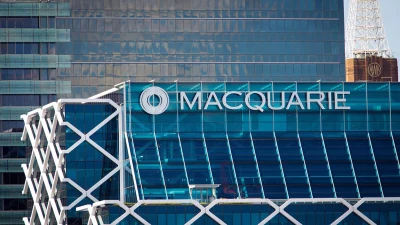Shopping for valuation transparency



Notwithstanding that the valuation of unlisted assets held by superannuation funds has been an issue for at least six to nine months, the Australian Prudential Regulation Authority (APRA) only saw fit to make its position clear to fund trustees two weeks ago.
While APRA’s letter to trustees outlining its position and giving guidance on valuation issues is welcome, it is arguably six months too late. While exposure to listed property assets has publicly ripped the heart out of returns generated by retail master trusts, other funds with heavy exposures to unlisted assets have escaped similar scrutiny.
Where many of those same funds with heavy exposure to unlisted assets have continued to finance the ‘compare the pair’ advertising campaign, arguably consumers do not have all the facts needed to make a considered decision.
The APRA letter also suggests it has been aware for some time of less than desirable practices on the part of some funds with unlisted exposures, such as ‘valuation shopping’ and a lack of trustee independence in the valuation process.
Let us hope the bad practices referenced by APRA have not been frequent occurrences; if so, the regulator owes it to the industry and consumers to be much more transparent about how it has handled these issues.
Not so very long ago, APRA issued a paper in which it broadly discussed the relative performance of industry funds and their retail master trust counterparts. Given the issues surrounding the valuation of unlisted assets, it’s fair to ask whether that assessment still stands.
The problem for consumers in making a reasoned judgment about whether to switch superannuation funds is that they are unable to gain access to all the information they need. Many superannuation trustees are equally ignorant of all the facts and do not entirely understand the implications of heavy exposure to unlisted assets.
Where some have called on APRA to provide league tables of super fund performance, the question arises about how such factors as valuation of unlisted assets will be treated.
Will APRA, like the ratings agencies, largely ignore the level of unlisted assets held by a fund and declare a six-month or 12-month return that does not reflect all the factors involved? The question of unlisted assets and how they are valued remains an issue not only for superannuation funds but also the regulator.
— Mike Taylor
Recommended for you
In this episode of Relative Return Insider, host Keith Ford and AMP chief economist Shane Oliver unpack the RBA’s decision to keep the cash rate on hold in the face of rising inflation and whether the governor’s hawkish tone is a sign of things to come.
In this episode of Relative Return Insider, host Keith Ford and AMP chief economist Shane Oliver discuss the September quarter GDP figures, which show Australia’s economy regaining momentum.
In this new episode of The Manager Mix, host Laura Dew speaks to Haley Devine, head of wealth management at MaxCap Group, to delve into private credit and commercial real estate.
In this new episode of The Manager Mix, host Laura Dew speaks to Benjamin Leung, head of systematic investments at Macquarie Asset Management, to understand the use of systematic investments.







